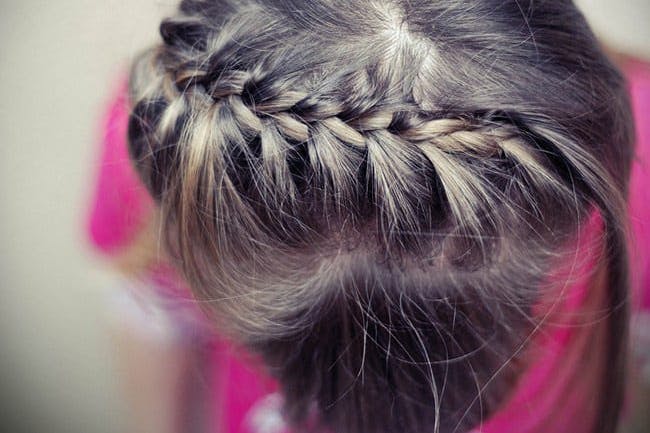There are many different causes of hair loss, and also many misconceptions about them. How we wear our hair most often is based on what is most convenient or what looks good. This seemingly trivial task is something that we do not pay much attention to on a daily basis, and we only get to focus our attention on it when things start to change, like if we see the first signs of thinning or shedding hair.
We often attribute hair loss to internal factors such as our genes and the quality of our health but to many, it may come as a surprise to know that the choice of hairstyle can actually contribute to hair loss.
Baldness, another hair loss cause, scientifically referred to as alopecia, refers to partial or complete loss of hair on the scalp and in other areas of the body. This condition comes in many forms but the kind that is caused by wearing certain hairstyles is called traction alopecia, which is hair loss that results from styles that require the hair to be tugged or pulled, either gently or tightly for extended or frequent periods of time.
